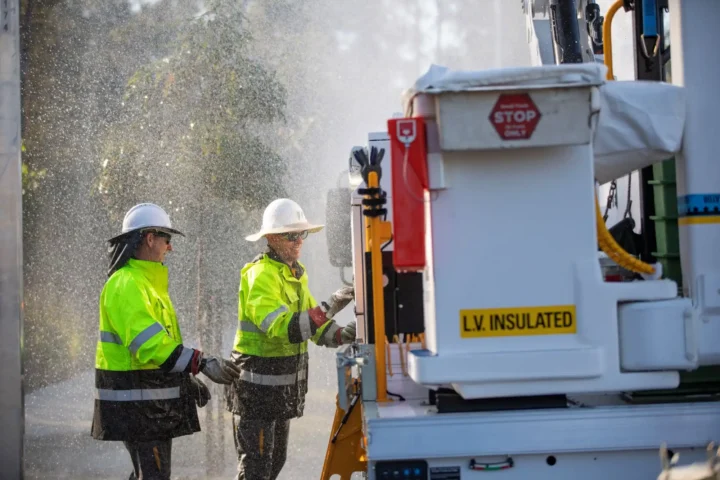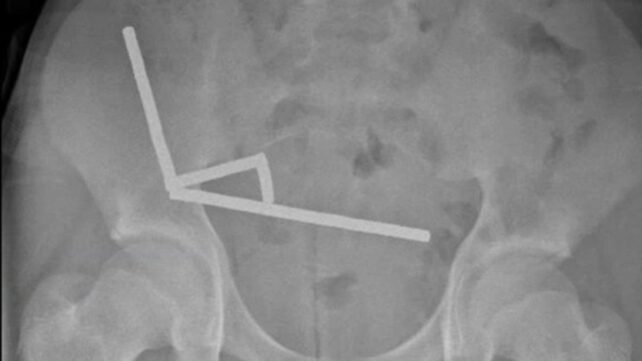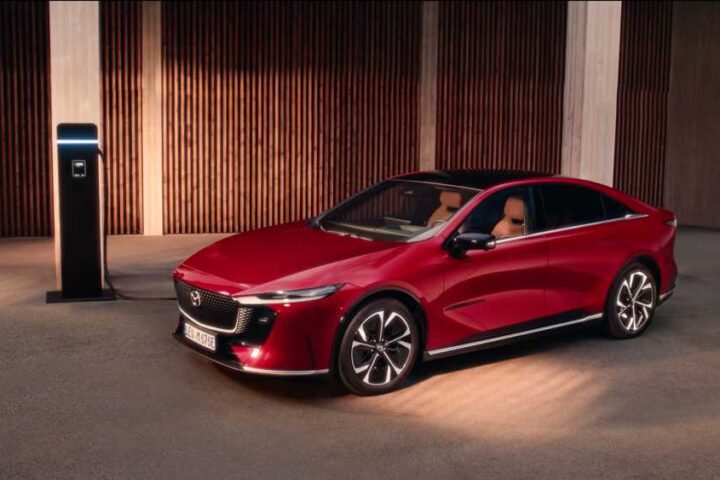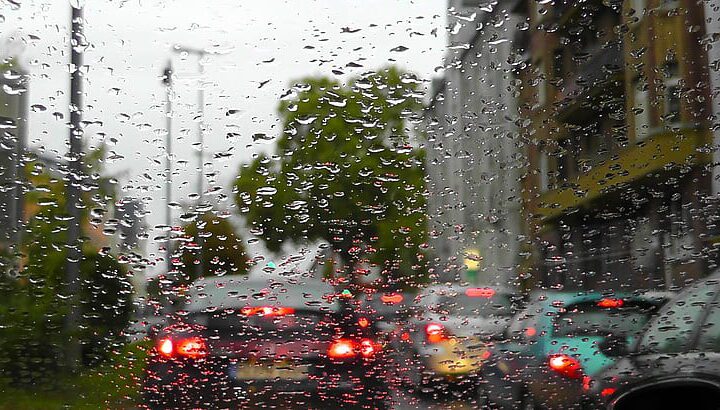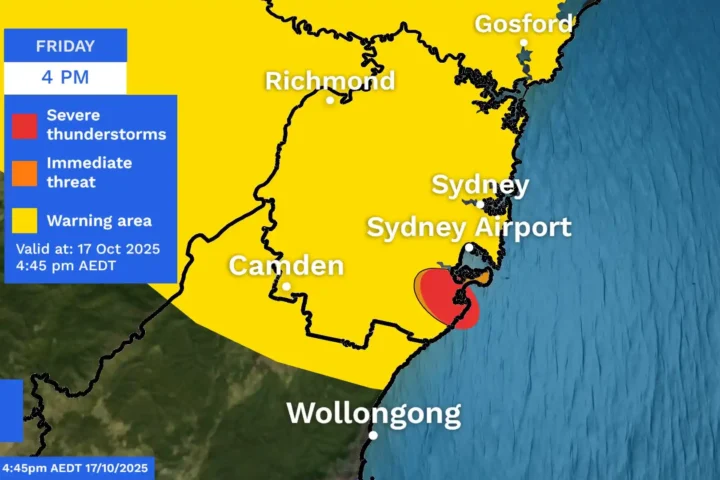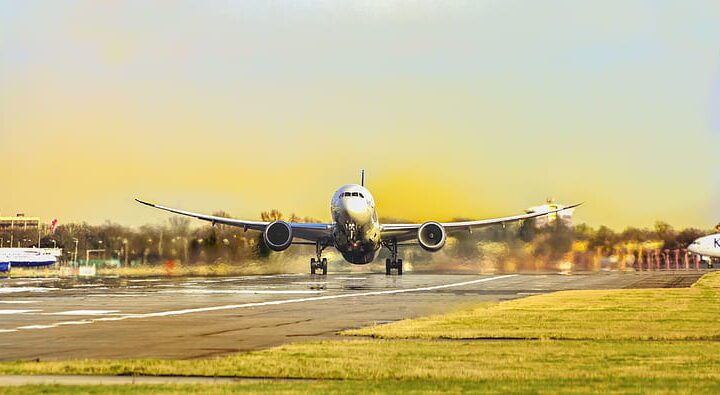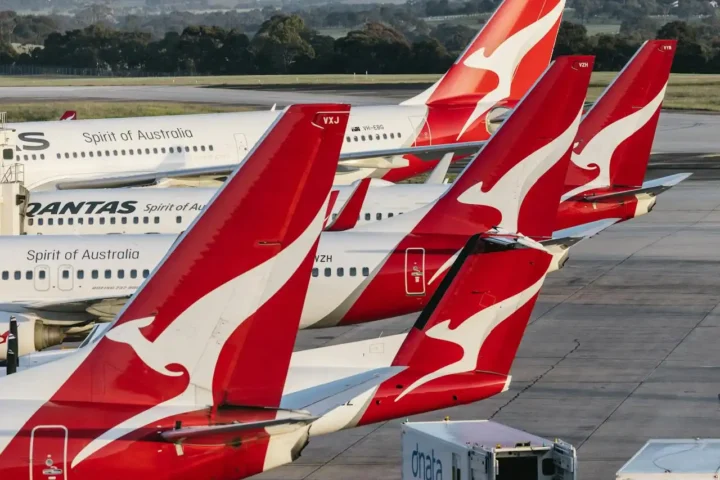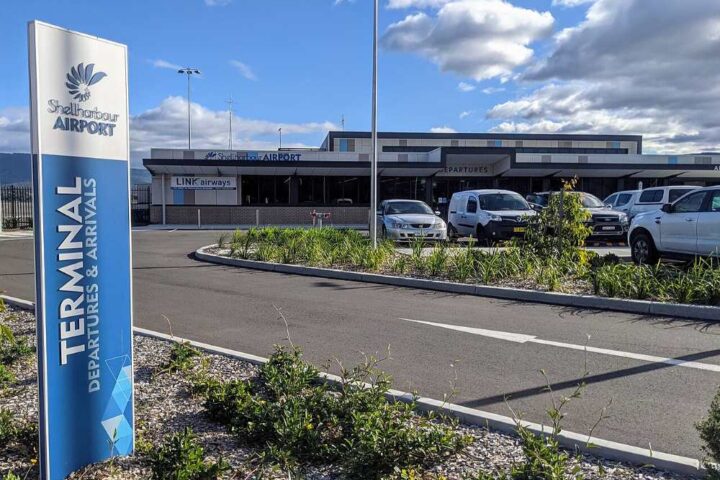Australian drivers face significant road rule changes starting July 1, 2025. Penalties are much tougher, and new camera technology is watching more closely than ever before.
These changes target the main causes of Australia’s road deaths. Every year, about 1,200 people die on Australian roads and 40,000 get seriously hurt. The government wants to cut deaths by half and serious injuries by 30% before 2030.
The new mobile phone rules pack a big punch. AI cameras now spot drivers touching their phones, even when sitting at red lights. These cameras can detect phone use that older technology might miss.
Getting caught costs serious money. Fines vary by state but can exceed $1,000 with five demerit points in many places. Western Australia charges up to $700 with five points for phone use. The penalties are much higher than before.
Roadside workers are getting better protection. In Victoria, drivers must slow to 40 km/h when passing tow trucks, breakdown services, and emergency vehicles with flashing lights. The rule used to only cover emergency vehicles.
South Australia requires drivers to slow to 25 km/h near roadside assistance vehicles with flashing amber lights. This applies when both vehicles are going the same direction on multi-lane roads. Penalties can reach $1,648 with up to seven demerit points.
These worker protection rules came after concerning research. The RACV found that 83% of their roadside workers nearly get hit by passing cars at least once every week. Makarla Cole from RACV says these workers face similar dangers to police and paramedics.
Speed limits are dropping in many places. School zones and busy walking areas are seeing pushes for 30 km/h limits instead of 40 km/h. Queensland is cutting speeds from 50 to 40 km/h in tourist spots like Hervey Bay Esplanade.
Western Australia is testing lower speeds on more than 1,800 country roads around Busselton and Augusta-Margaret River. The trial will run for three years in these high-risk areas.
Research shows that reducing speeds from 40 km/h to 30 km/h dramatically cuts the risk of pedestrian deaths in crashes. Even small speed reductions can save lives.
Similar Posts
New South Wales is bringing in average speed cameras for cars and motorcycles, not just heavy vehicles. These cameras track your speed over longer distances instead of just one spot.
The cameras operate on the Pacific Highway between Kew and Lake Innes (15 km) and on the Hume Highway between Coolac and Gundagai (16 km). Drivers received warnings since May 1, but fines start July 1.
Western Australia is rolling out AI cameras statewide. These cameras detect speeding, seatbelt violations, and phone use. The warning period ended in May.
Fines are jumping in multiple states. Queensland adds 3.5% to most traffic fines including speeding, phone use, and seatbelt violations. Western Australia has some of the highest increases, with extreme speeding fines over $1,600.
Electric vehicle rules are changing too. Regular cars can’t park in electric vehicle spots. Electric cars also can’t sit in charging bays unless they’re actually charging.
Each state has specific changes. Victoria’s new roadside worker rule can fine drivers up to $961 but gives no demerit points. South Australia is making inner Adelaide 40 km/h and shared walking areas 10 km/h.
Western Australia brings in “Tom’s Law” from December 2024. Red P-plate drivers can only carry one passenger anytime, day or night. New South Wales is phasing out ticketless parking fines.

NSW will also be the first state to apply average speed cameras to light vehicles. Fines for light vehicles range from $145 and one demerit point for minor speeding up to $2,959 and six demerit points for serious speeding.
These changes represent a major road safety push using new technology and tougher penalties to reduce Australia’s road toll.



